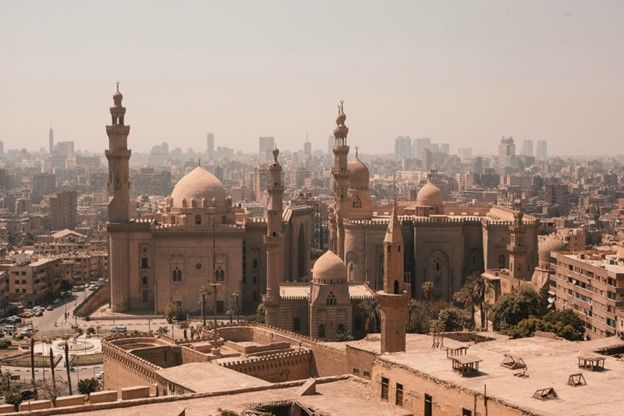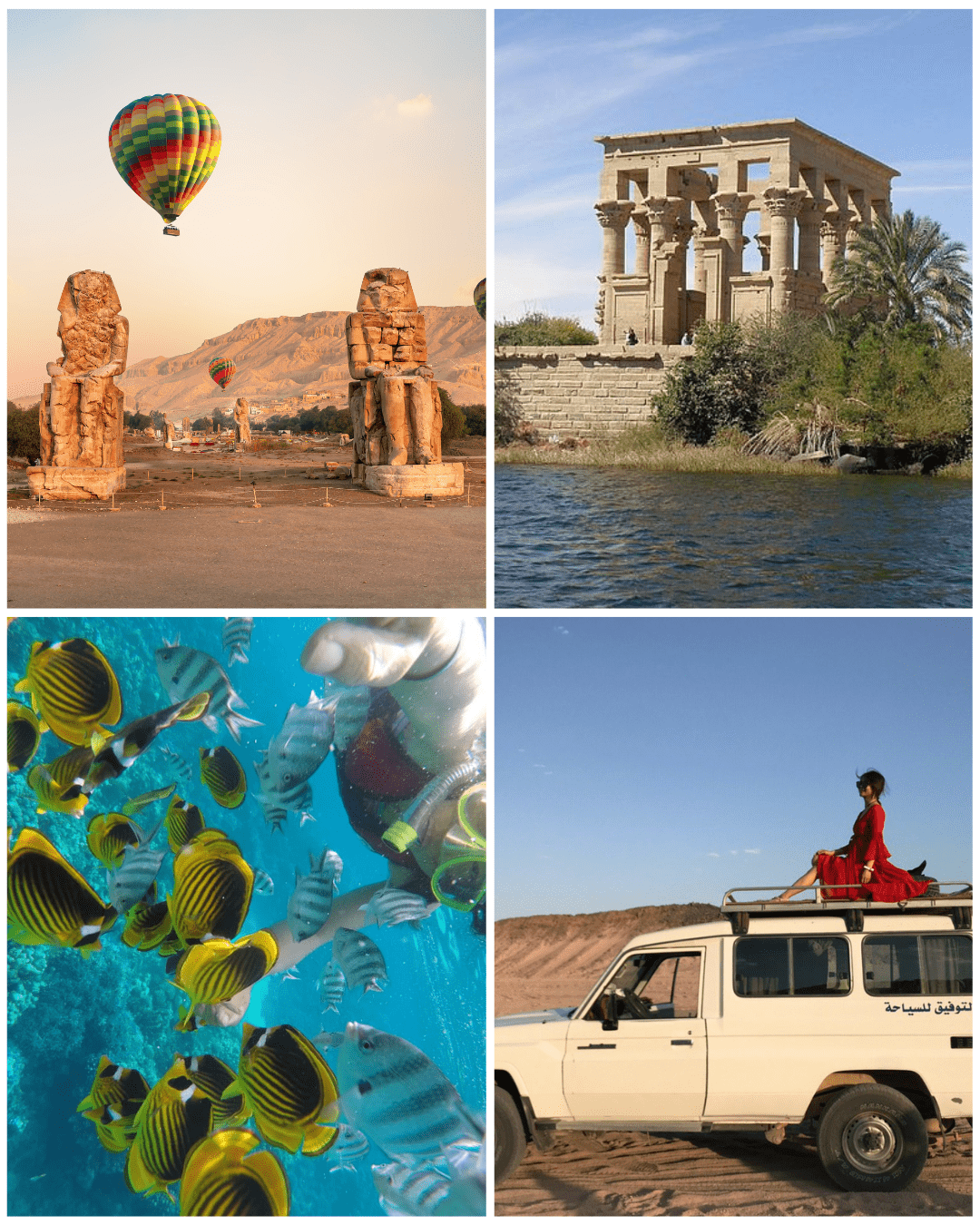Siwa Oasis: The Complete Guide
In a country as full of wonders as Egypt, it’s often difficult to find the time to venture beyond the most obvious sights – the Pyramids of Giza, the Valley of the Kings, and the fabulous temples of Luxor and Aswan. And yet, if you have space in your schedule and a thirst for taking the road less travelled, there is another, lesser-known wonder to be discovered in the depths of the Western Desert. The road to reach it is paved these days, but in millennia past it was trodden only by camels, traders of exotic goods, and the faithful who sought wisdom from the great oracle in the Oasis of Amun Ra. Now known simply as the Siwa Oasis, it is a haven of palm trees and natural springs surrounded by unspoiled desert, known for its tranquil pace of life and astonishing history. Here’s everything you need to know if you wish to add this legendary destination to your Egypt itinerary.
What is Siwa Oasis?
Located 50 kilometres from the Libyan border on the edge of the Great Sand Sea, the Siwa Oasis is a captivating collection of thermal springs and salt lakes set in a depression some 19 metres below sea level. The only source of water for many miles around, it stretches for 80 kilometres from end to end and 20 kilometres across. Along its life-giving shores stand groves of verdant palms and olive trees whose fruits are famed throughout the region. Roughly 33,000 people call Siwa Oasis home, and the vast majority are Berbers – an ethnic group with their own unique language, culture and traditions, enhanced by living in one of the most isolated communities in Egypt. The largest settlement in the area is Shali, overlooked by the ruins of the older Shali Fortress and the ancient village of Aghurmi, both of which stand atop their own rock outcrops. The Aghurmi mound is home to the oasis’ most famous feature, the ancient Temple of Amun.
The Oasis Through History
Prehistory and the Egyptian Oracle
When it comes to human history, Siwa Oasis stands out even in a country as steeped in ancient lore as Egypt. Archaeological finds suggest that the area has been inhabited since at least the Neolithic Era (some 10,000 years BC) and possibly a lot longer. However, there is no evidence to show that the oasis, which was historically part of Libya, had any real importance to the Ancient Egyptians until the 26th Dynasty – the final native dynasty to rule before the Persian conquest in the 6th century BC. At that time, a necropolis was established by the Egyptians at Siwa along with the great Temple of Amun. The temple was home to the sun god’s oracle – the mortal mouthpiece of the god through which pilgrims could seek his counsel and, in the case of royal rulers, legitimisation.
A Sacred Place for the Greeks
The oracle of Amun Ra became so well-known that the legend spread to Greece, likely through the Greek colonists at Cyrene, the present-day Libyan city of Shahhat. Amun, though an Egyptian god, was adopted into the Greek pantheon as Ammon and eventually became closely associated and even interchangeable with the Greek alpha god, Zeus. Throughout classical antiquity, the oracle of Amun Ra (or Zeus-Ammon as the god was later known) became so famous that many prominent figures of Greek mythology were said to have consulted it at pivotal points in their stories. This includes Perseus, who allegedly visited Siwa Oasis before beheading Medusa; and Hercules, before his fight with Bursiris. Legends like these set a trend for rulers from throughout the Mediterranean and beyond to seek the oracle’s confirmation of their right to reign.
The Persians and Alexander the Great
When the Persian king, Cambyses, conquered Egypt in 525 BC he was infuriated to hear that the oracle had predicted the ultimate failure of his African campaign. He sent an army of 50,000 men to destroy the oracle, but the entire force disappeared without a trace on their way through the harsh Western Desert – perhaps in a sand storm, although no proof of their fate has ever been found. Three years later Cambyses was recalled to Persia by a rebellion and died of an infected wound en route to Syria.
Egypt remained under Persian rule, however, until Darius III was defeated by Alexander the Great at the Battle of Issus in 333 BC. The Macedonian king travelled to Siwa Oasis to consult the oracle, which famously confirmed him not only as the rightful pharaoh of Egypt but also as the divine son of Zeus-Ammon. This legitimised Alexander in the eyes of the Egyptians, who ultimately accepted him as a saviour rather than another foreign conqueror. He ruled Egypt uncontested, a period of history that would ultimately lead to the establishment of the Ptolemaic Dynasty.
Roman Rule and the Oracle’s Decline
The oracle continued to enjoy great reverence throughout the Ptolemaic Dynasty, but when Egypt was absorbed into the Roman Empire after the death of Cleopatra its predictions and statements began to wane in influence. An extended period of decline followed, marked by social and economic unrest – and the whittling of the Siwan Oasis population down to just 200 by 1200 AD. After the rise of Islam, the oasis’ main function was as a stopover point for pilgrims on their way from Cairo to Mecca. Those that lived there grew dates and olives, which they used to trade for other essentials with the outside world.
The Oasis in the Modern Era
It was only in 1820 that Siwa Oasis came under Egyptian rule, following a conquest by the Ottoman pasha Muhammad Ali. Nevertheless, the isolated community was left largely to its own devices until 1928 when King Fuad I visited the oasis and found that there were significant discrepancies between the lifestyle of the Siwans and the strict Islamic morals of the rest of the country. In particular, the oasis had a reputation for tolerating (and perhaps actively encouraging) homosexual relationships between men and teenage boys. King Fuad took significant steps to stamp out this practice, although sources claim it was still prevalent by the time the British Army used the oasis as a base during World War Two.
It was only as recently as the 1980s that the first tarmac road was constructed to connect Siwa Oasis with the Mediterranean coast. This explains both the entirely unique culture of the Siwans and the subsequent emergence of tourism as the main industry of the modern town alongside date and olive agriculture. In 2013, it became clear that the now ruined Temple of Amun still had secrets to reveal when it was discovered that on the spring and autumn equinoxes, the sunrise aligns precisely with the Temple of Amun and Timasirayn Temple, some 12 kilometres away.
Things to Do
Contemporary visitors to Siwa Oasis will find a wealth of different ways to spend their time there. Here are some of our favourites.
Temple of the Oracle
For most, the main draw of the oasis is the same as it has always been – the Temple of Amun. Now reduced to fragmentary ruins that stand alone atop the Aghurmi mound, the temple is a 10-minute drive east of Shali, Siwa’s old town and main settlement. Those that expect the same immaculate restoration as that on show at ancient sites like Luxor and Aswan are likely to be disappointed. The temple is a rambling ruin with little left to show of its former glory. However, it’s well worth exploring for the thrill of following in the footsteps of legendary leaders like Alexander the Great – and for the temple’s magnificent panoramic views across the oasis.
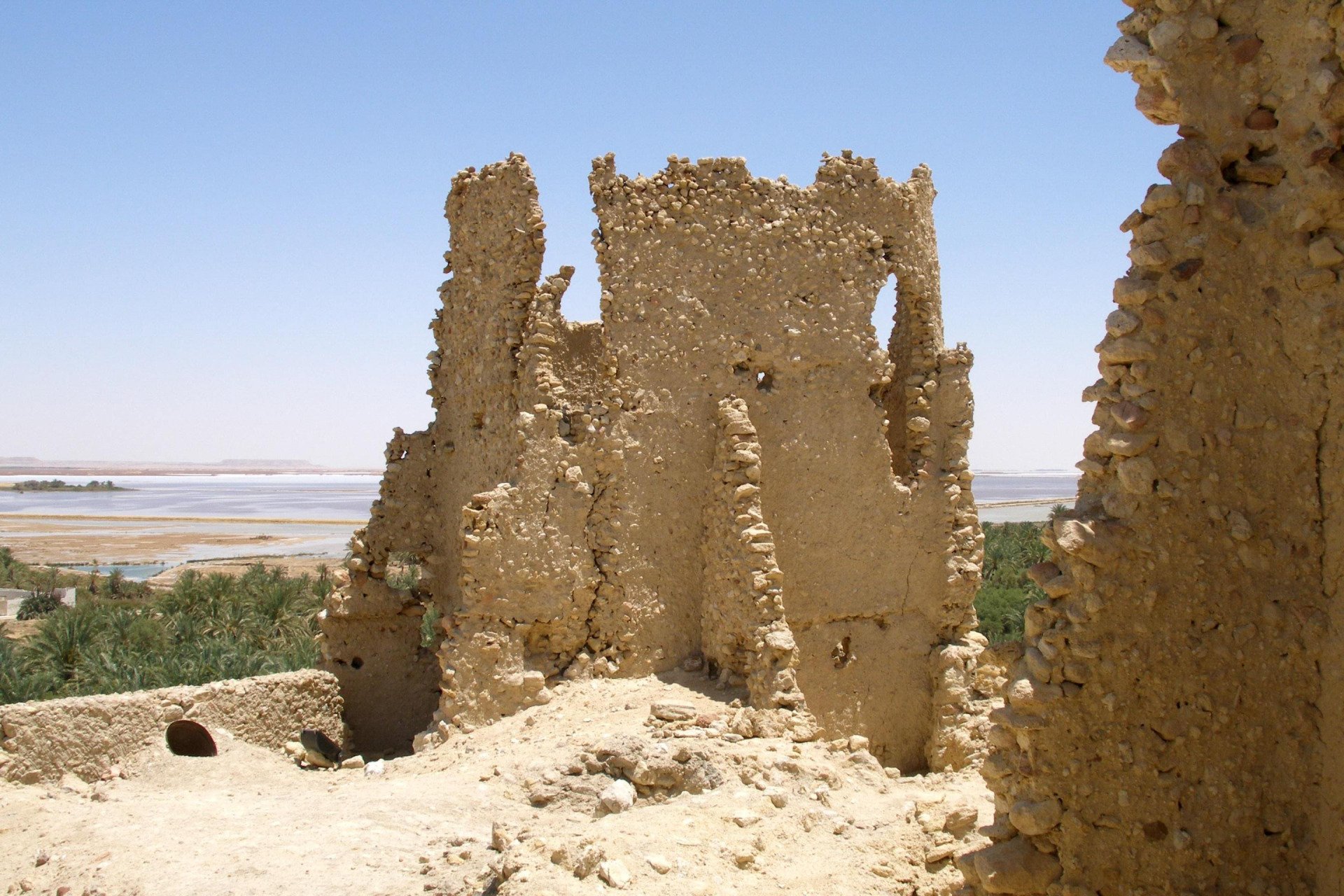
Shali Fortress
The modern town of Shali is overlooked by the 13th-century Shali Fortress, built on a rock outcrop that towers some five storeys above it. Once impenetrable thanks to its commanding position, the settlement was badly damaged by flooding in 1926 and subsequently abandoned; all that remains are the ruins of the town that came before. Despite their visible cracks and deteriorated appearance, the buildings are hugely atmospheric and also of some architectural importance being constructed of kershef, a unique building material made from salt mixed with rocks and clay. One building, the Old Mosque, is still in use and dates back to 1203 AD.
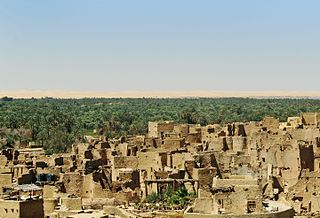
Cleopatra’s Pool
Siwa Oasis is renowned for the therapeutic properties of its natural springs. Of over 220 springs in the oasis (some hot, some cold), the most famous is undoubtedly Cleopatra’s Pool. It is said that the great queen – who was the last of the Ptolemaic pharaohs and the consort of Julius Caesar and Mark Antony – once bathed here. With crystal clear waters welling up into a large stone pool, it’s easy to see why. This spot is popular with locals and tourists alike and is located close to the Temple of Amun. There are several shaded cafés around its edges as well as a changing hut for bathers. Women should dress as conservatively as possible to avoid causing offence.
Gebel Al-Mawta
On the northern outskirts of the town stands a hill known as Gebel Al-Mawta, or the Mountain of the Dead. This ancient necropolis is riddled with rock-cut tombs and dates back as far as the 26th Dynasty, although it contains Ptolemaic and Roman resting places too. Some of these are open to the public and include fascinating wall paintings. Among the most impressive and/or important are the mural on the wall of the Tomb of Si Amun, which shows the deceased presenting offerings to the Egyptian gods; and the Tomb of the Crocodile, where the crocodile god Sobek is depicted in yellow paint. Interestingly, these tombs doubled as makeshift bomb shelters during WWII.
Other Attractions
Once you’ve seen all the major sights mentioned above, there is still much to do in Siwa. If you’d like to dive deeper into local culture, pay a visit to The House of Siwa Museum, a traditional house with authentic artefacts on display ranging from wedding costumes to musical instruments. Then, the natural beauty of the Great Sand Sea is on your doorstep. Many operators offer desert safaris; and whether you venture into the wilderness on quad bike, 4x4 or camel, it’s guaranteed to be an experience to remember. Some itineraries even include a night or more under the stars, with traditional Siwan food cooked over the campfire. When you get back to town, shop for souvenirs to remember your trip by – Siwan dates, perhaps, or authentic local crafts including basketry, pottery, embroidery, and ornamental silverware.
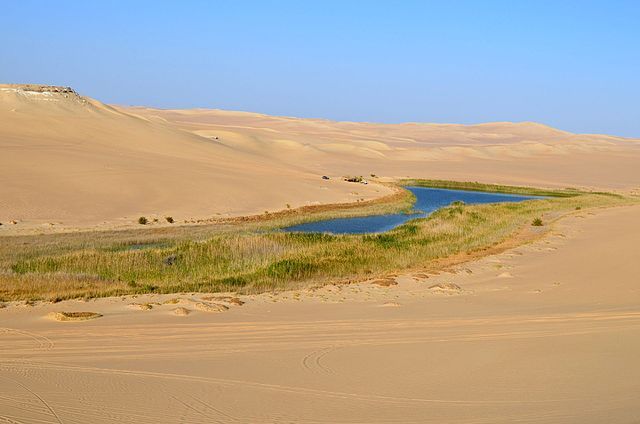
Where to Stay
Siwa Oasis has several wonderful guesthouses and hotels. Amongst the most popular are Siwa Safari Gardens Hotel and Adrere Amellal Eco-Lodge. The first is a family owned boutique hotel built in the traditional style with domed brick ceilings and kilim rugs on the floors. It’s located in lush palm gardens on the outskirts of Shali, and most of the rooms overlook the hotel’s natural spring pool. The hotel restaurant serves delicious European and Egyptian cuisine. Alternatively, Adrere Amellal is a luxury option situated roughly 15 minutes by car from Shali. Carefully built using Siwan materials and time-honoured techniques, the lodge is designed to fit in with the oasis’ ancient ruins but is sumptuously decorated on the inside with authentic carpets and tapestries. The al fresco restaurant sits beneath shade-giving palms and serves gourmet organic food.
Practical Information
Siwa Oasis has a hot desert climate with very little precipitation, if any, throughout the year. Temperatures from late spring to early autumn often exceed 40 degrees celsius, with record highs of 48.2 degrees. For this reason, the best time to travel is during the cooler months of the year, from October to April. Whenever you decide to go, there are several ways to get there. From Cairo, it’s a 560-kilometre drive that usually takes around 8.5 hours. The closest big city is Marsa Matruh, located 309 kilometres and 3.5 hours away on the Mediterranean coast. Alternatively, there’s a daily bus from Cairo operated by the West and Middle Delta bus company. Perhaps the most comfortable way to travel is on an organised adventure with a company like Pyramids Land Tours, who can arrange chauffeured transportation and guiding services for you.



